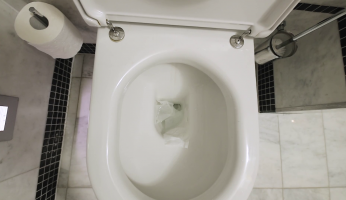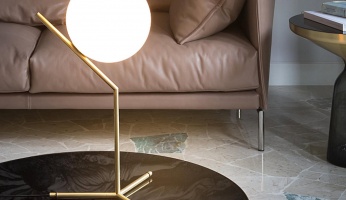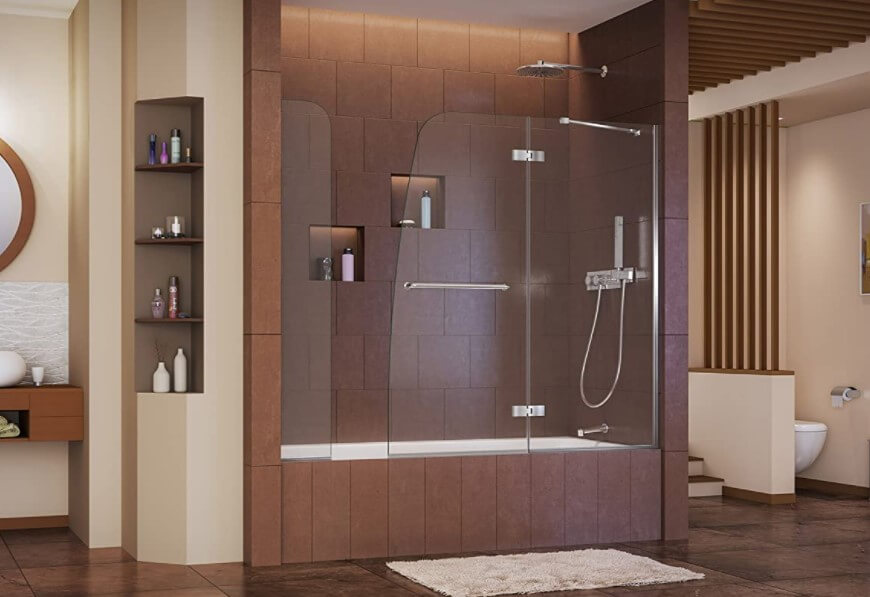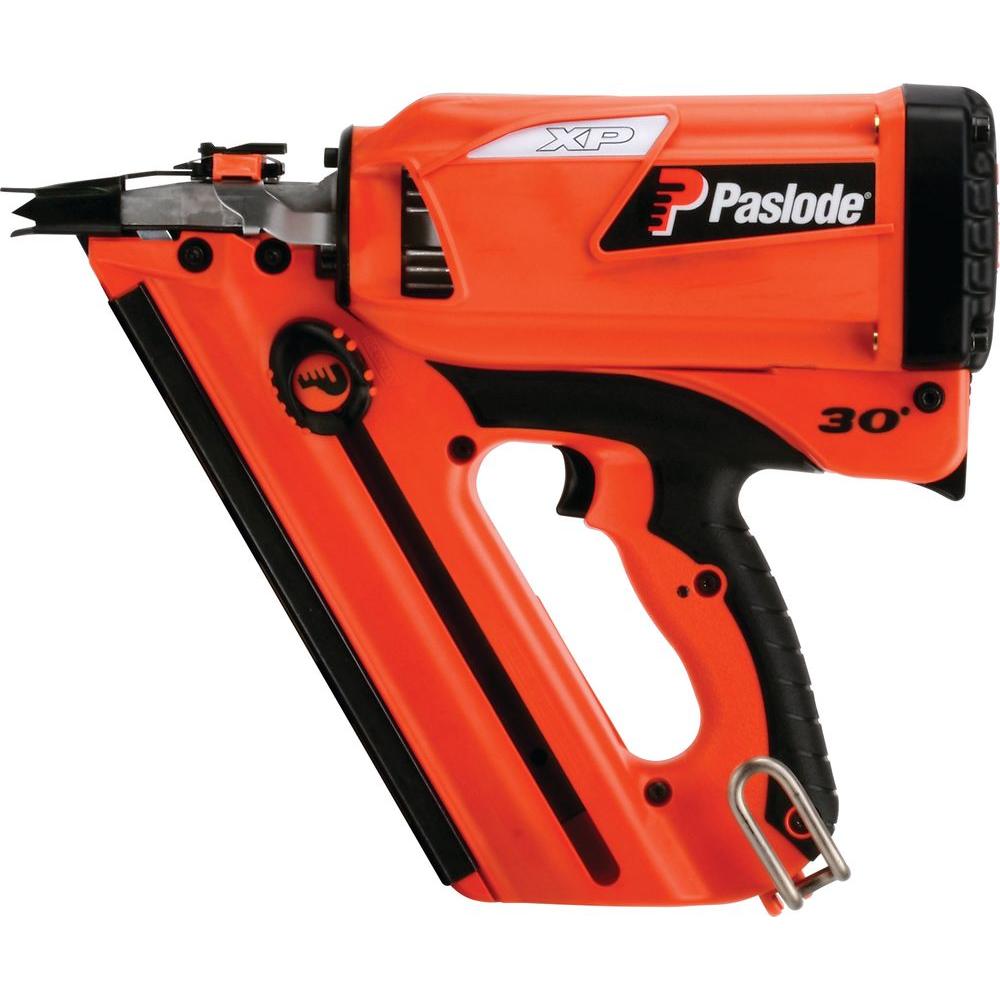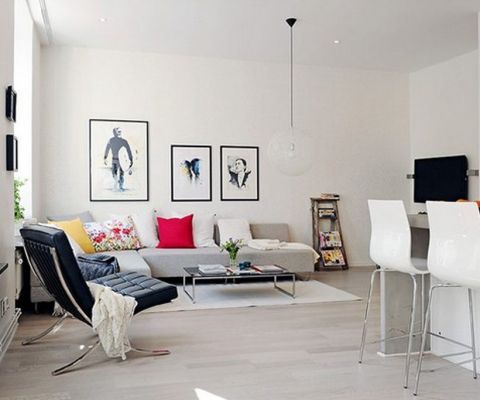- No Obligations
- Stop Paying Too Much For Your Contractor
- No Spam Calling
- Screened & ID Checked Contractors only!
The Best Living Room Speakers that You Should Consider in 2024
2
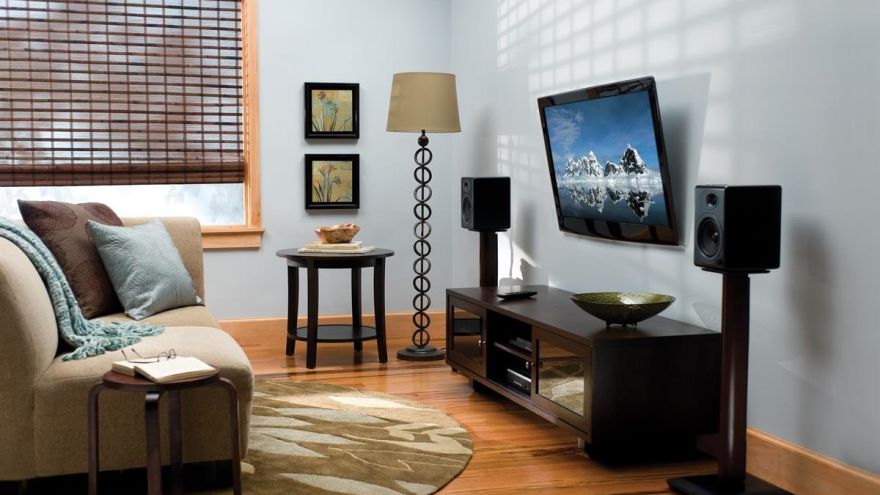 The Best Living Room Speakers that You Should Consider in 2024
earlyexperts.net
The Best Living Room Speakers that You Should Consider in 2024
earlyexperts.net
Imagine sitting watching movies in your home theater and listening to songs. What are the best speakers to use to hear the audio clearly and crisply? Which ones will keep up with increasing demands? If you future-proof your speakers, will you have to spend a fortune on them?
Fortunately, the answer is “no.” In this post, we will look at different living room speakers and point you toward the best speakers in the category. We’ll even share the critical factors you have to consider when you want to choose a speaker that will be fit for your living room.
The Best Wired and Wireless Speakers
Speakers these days are either wired or wireless and are available in many different styles.
Wired speakers, the type most people are used to, will have a wired connection to a receiver that holds all the wires for your audio and video devices. As a central hub for wire, the receiver amplifies the signals of different devices and sends audio to the speakers. To add power, you can pair a receiver with an additional amplifier to kick it up a notch.
Alternatively, you can use an external DAC (digital-to-audio converter) paired with maybe an amplifier for an even better music experience. This combination allows for fine control over different parts of the music you hear (higher bass and whatnot).
Newer wireless speakers make use of Bluetooth and WiFi for data transmission. When they were first introduced to the audio industry, their inability to sufficiently transfer data made for poor quality. Currently, the transmission of data is swift due to the advancements in Bluetooth and WiFi technology. Rather than connecting devices with visible wires, you distribute wireless speakers in the living room, with the power cable being the only wire.
There are several types of wired and wireless speakers.
Different Types of Speakers
Bookshelf Speakers
Bookshelf speakers have a lot to offer in terms of high-end sound and audio quality, and one of the best things about them is that they aren’t going to take a lot of space in your living room too. These speakers will go well on a shelf or perhaps on your living room stand. For the best experience, you can purchase a subwoofer to catch detailed bass when watching movies and hearing songs.

A perfect recommendation for this kind of speaker is the Edifier R1280T. The speaker is housed in a high-quality retro wood case and comes in pairs. They’re loud, rich (despite the budget-friendly price), and portable as well.
Floor-Standing Speakers
Unlike bookshelf speakers, floor-standing speakers take up a lot of space. They are also tall, as the name implies, and they come in different styles and sizes. You’ll find floor-standing speakers with club lights (different colors) that change in a different tempo, and you’ll find them having different power levels too. These are a great addition to a home theater, especially when paired with a subwoofer for some rich tunes when watching movies or hearing music, and can be placed where you want them.
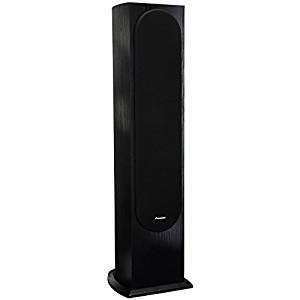
For this type of speaker, we advise you get something like the Pioneer SP-FS52. With 130 watts of power, a pair of these will make for some amazing sound.
In-Wall and In-Ceiling Speakers
Unlike most types of speakers that take up shelf or floor space, in-wall and in-ceiling speakers are probably the best speakers you can get if you prefer a clean look for your living room.
As the name implies, in-wall speakers are installed in your walls, while in-ceiling speakers will be installed overhead. All the wires needed for connection are hidden and passed through the walls without sacrificing sound quality. They take up no space, are durable, and can be moisture-resistant as well – especially if you are installing them in a basement or on a boat. Wiring, however, requires time and some skill to install the speakers. If you move, it may be just as easy to leave in-wall and in-ceiling speakers in place.
If you’re interested in these particular types of speakers, we recommend you use them together for the best effect. In that regard, you can check out the Polk Audio RC85i and Polk Audio RC80i.
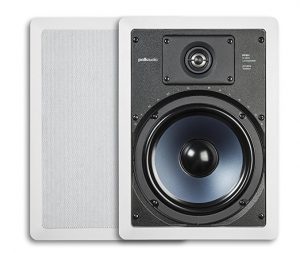
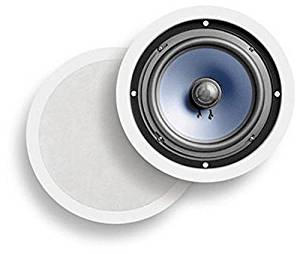
The RC85i wall speaker comes in pairs that are durable and moisture-resistant, while the RC80i is a ceiling speaker that can be used to complete a surround sound configuration in your living room.
On-Wall Speakers
On-wall speakers are similar to bookshelf speakers in shape, but they’re far smaller and extremely portable. Their aesthetic appeal is off the charts, and they are great for home theater installations.
They also feature-rich sound, and they can be used all around your living room for surround-style effects, or you can just pair them up beside your TV and experience the improvement in sound quality.
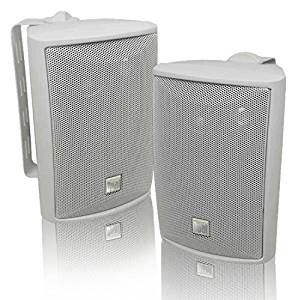
The Dual Electronics LU43PW is an example of the raw sound quality offered by on-wall speakers. The product comes in a pair, measure 4 inches in size, and offer up to 100 watts of power for movies and songs.
Soundbars
Soundbars are a relatively new type of speaker that you can use in your living room. Portable and wall-mountable, they require no receiver or other such equipment, and they still offer very good sound quality.
These speakers can be wireless or wired according to your preference. We recommend buying a soundbar that comes with a subwoofer for best results or buying a subwoofer and pairing it with your soundbar if compatibility is not an issue.
Why a subwoofer? This component delivers realistic bass for realistic TV and movie sound effects while adding a level of bass that enriches the music.

If you prefer a configuration like this, the Samsung HW-M360/ZA is a good choice. It has 200 watts of power, has a subwoofer, and also possesses a durable, stylish body that looks good as well.
Factors to Consider when Selecting your Speaker Sound System
These are just some factors you have to consider before deciding which type of speaker and brand you want to purchase.
Sound Quality
Having great sound is the purpose of speakers. There are technical specs that audiophiles suggest considering, such as:
- Frequency response that determines the frequency range the speaker can reproduce at a certain loudness.
- Impedance that describes the electrical resistance an amplifier will encounter when trying to drive a given speaker. Most speakers are 8-ohm and work well with other equipment.
- Sensitivity that describes how loud a speaker can deliver audio per watt of power. Higher sensitivity speakers of 100 decibels require less power to deliver loud sound than lower sensitivity models with 88 decibels.
- Power handling that describes the maximum sound signal that a speaker can accept.
When it comes right down to it, the best speakers are a matter of preference. When shopping for speakers, bring along your favorite music on CDs or a flash drive so you can listen to several models with music that you’re intimately familiar with. The best speakers to buy are ones you like.
Surround Sound Systems
Most of the speakers above can be used in a surround sound setting since you can buy multiples of them. Still, after you’ve selected one that you prefer, you have to decide if you want to invest in a surround sound system or not.
To mainly listen to music, you don’t really need a surround sound configuration, but if you want to improve the sound for movies, a surround sound system might be a good investment.
Size of Your Living Room
Your living room size is extremely important to consider when purchasing any speaker, regardless of the type. You do not want the lowest volumes to overwhelm you while watching movies, nor do you want the sound lost in a large room. Similarly, you don’t want a huge speaker to dominate your room. With the wide variety of soundbars, subwoofers, and small, wall-mount speakers, you don’t have to sacrifice quality just because your room is small.
Conclusion
When you want to select speakers for your living room, there are plenty of choices in the style, size, and quality you need to produce good sound quality.

